Chapter 11. Tutorials on Reading Visuals
Introduction
Reading Visuals: Text
© 2018 Macmillan Learning
Text: Define
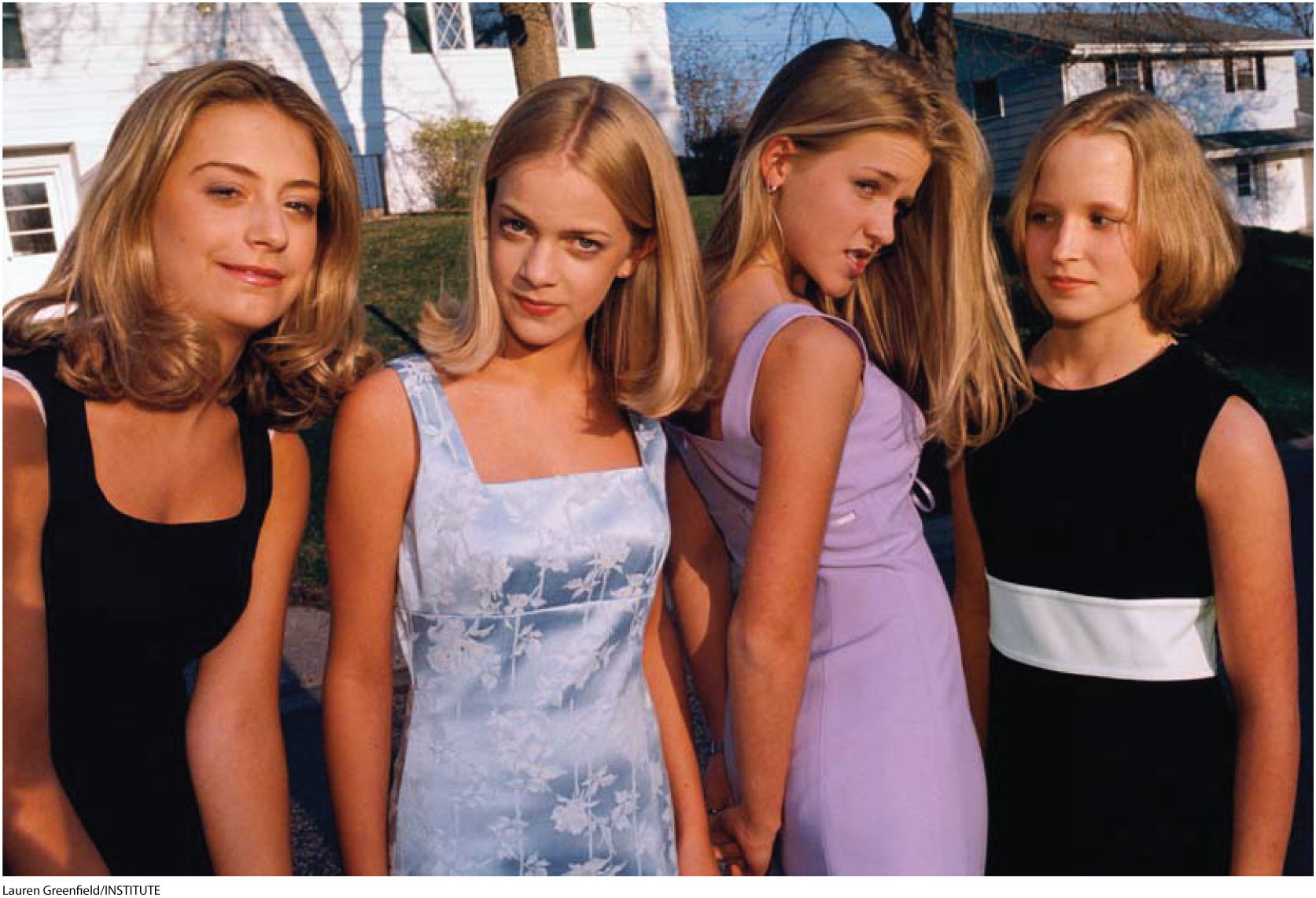
This photograph by Lauren Greenfield is a purely visual text.
Text: Define
Credit: Cheryl Ball
This Twitter feed is mostly words, but design, graphics, and the ability to change the text in “real time” are part of how it works as a whole.
Text: Define

This “Think Indian” ad is a single text that uses words (which are also visuals) and images in combination.
Text: Define
This radio essay, “Winter” is a single text that uses words which are presented orally instead of visually. The oral delivery is combined with sound effects and timing to present an image-rich story.
Please note that there are no actual images in this audio essay.
Text: Analyze
Released in 1938, Reefer Madness is one of the best-known examples of propaganda films. The film was intended to be a cautionary tale that alerted viewers to the consequences of marijuana use. Originally financed by a church group, the film was bought and distributed by Dwaine Esper, a producer who played up the sex and violence in the film. In the 1970s, the film developed a cult following and was a staple of the midnight movie circuit. As you watch this brief clip, keep in mind that the film was intended as a serious morality tale, but marketed as anything but. You can view the full film here .
Text: Analyze
Reefer Madness is a cinematic text, which means you’re intended to sit back and watch as the story unfolds. But that doesn't mean you’re not being an active reader of this text. Noticing details about how the text works helps you collect information that you can use to interpret it.
Text: Analyze
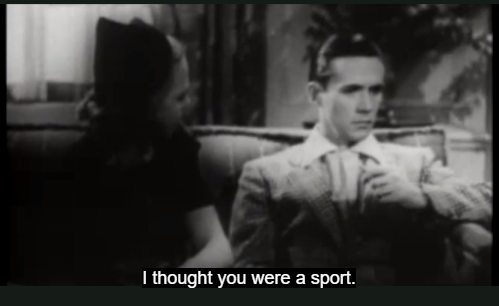
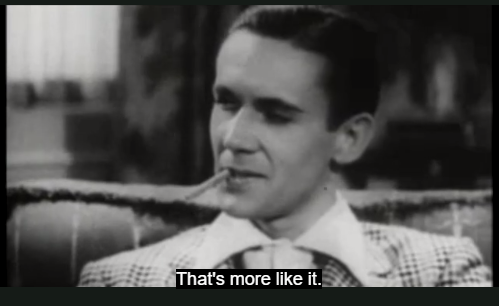
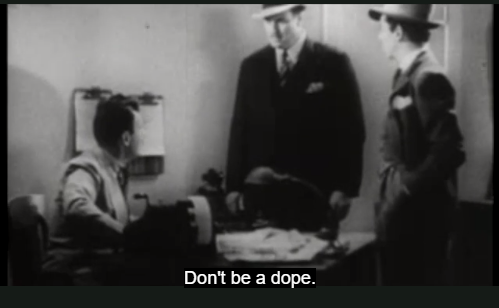
Notice the caricatured way in which the woman on the couch pressures the man into smoking marijuana, the accentuated zoom on his face as he puts the joint in his mouth, and the different and frequent usages of the word “dope” in the drug dealer’s office. These are subtle details that may suggest the film is not taking seriously the moral implications of its subject matter, which we know to be true from its background.
Text: Analyze
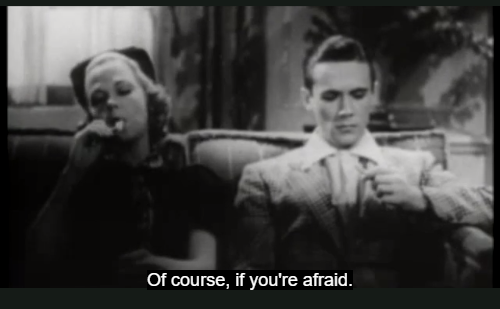
When you read a text actively, you pay attention to details, ask questions, and notice your own reactions. Even if we don’t yet understand what the text means, or how the details contribute to the larger message of the film, we are gradually digging deeper to understand both what is being shown and how the parts of the text work together to create meaning.
Text: Respond
As you work through the following questions, consider how each asks you to consider particular aspects of this complex “Call for Papers” video text.
Text: Respond
Use the space below to answer the following questions.
Text: Respond
Use the space below to answer the following questions.
Text: Respond
Use the space below to answer the following questions.